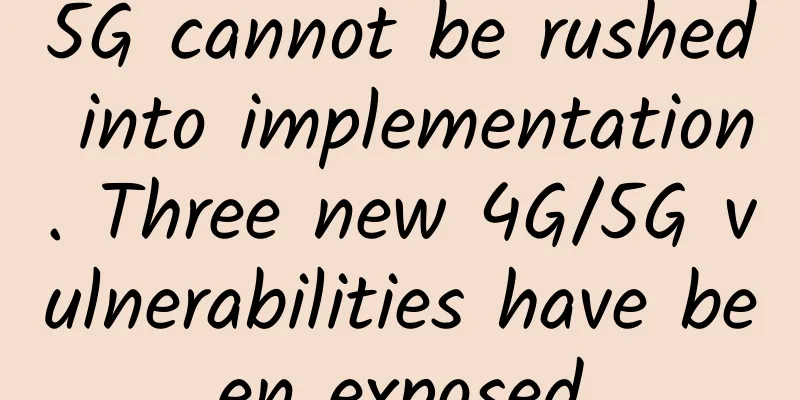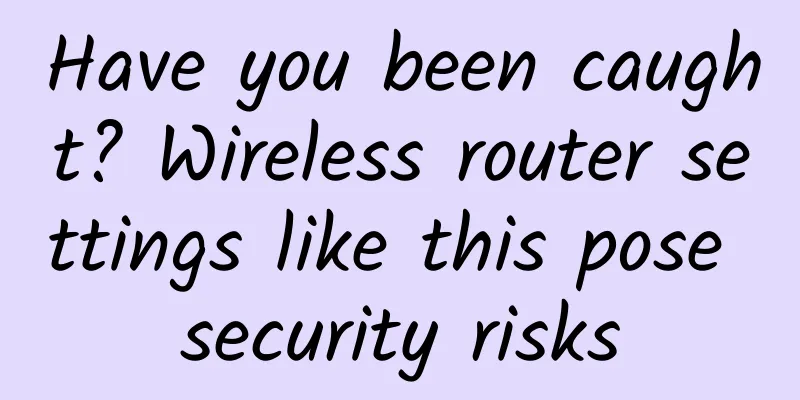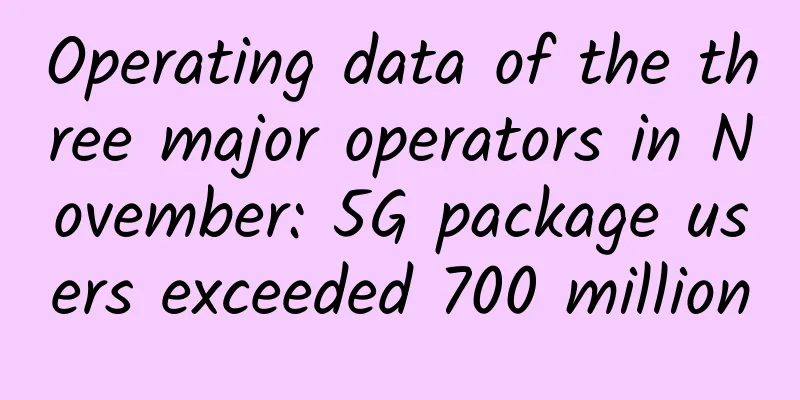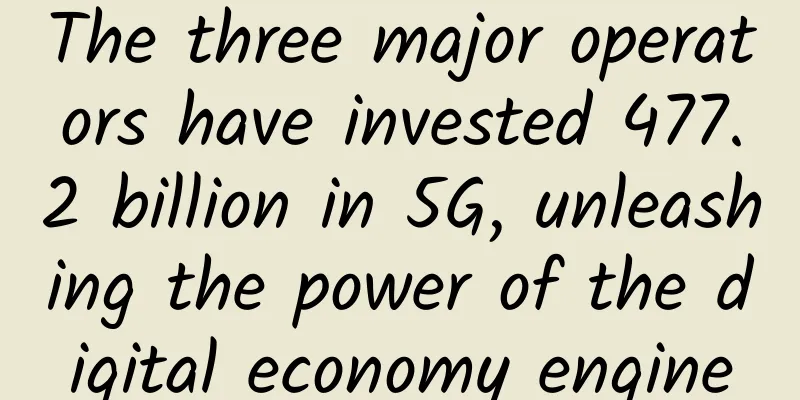5G cannot be rushed into implementation. Three new 4G/5G vulnerabilities have been exposed

|
In 2019, 5G has been promoted in full swing, but the security threats that come with it cannot be underestimated. Because now a group of foreign researchers have discovered three new vulnerabilities in 4G and 5G, which can not only be used to intercept calls, but also track and locate them, which urgently needs more attention. According to foreign media, the three vulnerabilities discovered are Torpedo, Piercer and IMSI-Cracking attacks, which may affect most 4G or 5G networks in the world. Of course, the degree of impact may vary. The first Torpedo attack, and the most important one, exploits a weakness in the cellular paging protocol (which carriers use to notify mobile phones before incoming calls or text messages). Making and canceling mobile phone calls in a short period of time can trigger the paging protocol without notifying the target device of an incoming call, allowing the attacker to track the victim's location. Torpedo can also insert or block messages like Amber alerts. Based on the Torpedo vulnerability, attackers can also advance two other vulnerabilities. Researchers pointed out that the Piercer vulnerability allows attackers to determine the International Mobile Subscriber Identity (IMSI) number on 4G networks. Another vulnerability, called IMSI-Cracking, can brute-force IMSI numbers on both 4G and 5G networks, even if they are encrypted. This means that even if you have a brand new 5G phone, your calls and location information can be spied on by listening devices like "Stingrays". It is reported that the four major operators in the United States are currently affected by the Torpedo vulnerability attack, and the radio equipment required to launch the attack costs as little as US$200, which poses a great threat. Fortunately, the above three vulnerabilities are not permanent defects, but it still takes some time to fix them. Among them, Torpedo and IMSI-Cracking vulnerabilities require the industry cellular standards organization GSMA to provide patch solutions. And the Piercer vulnerability will require operators to intervene and solve it. |
<<: TCP state transition and production problem practice
>>: How to play the NB-IoT game in 2019?
Recommend
Wenku: Improve the IPv6 standard system and develop key standards
On October 11, the 2021 China IPv6 Innovation and...
HOSTEROID: €14/year - 2GB/25GB/750GB@1Gbps/UK (London) VPS
HOSTEROID recently released two special annual pa...
Cisco Launches AppDynamics Cloud to Build Superior Digital Experiences
summary Cisco launches AppDynamics Cloud, a cloud...
iWebFusion: $115/month - Dual E5-2680v2, 192G memory, 1TB SSD hard drive, 20TB monthly traffic, 5 data centers including Los Angeles
iWebFusion (formerly iWFHosting) is a long-establ...
Huawei launches OceanStor Dorado V6, a new generation of intelligent storage, explaining how data creates value
[51CTO.com original article] Huawei recently rele...
What spectrums do the three major operators use?
What spectrum do the three major domestic operato...
Hypere: £12/quarter KVM-AMD Ryzen9/2GB/70G NVMe/10Gbps unlimited traffic/UK data center
Hypere should be a relatively new foreign hosting...
This move can save tens of billions of yuan in 5G construction!
Recently, two major European operators, Vodafone ...
Ruijie Cloud Desktop has emerged as a new force. Why do users prefer it?
[51CTO.com original article] Speaking of players ...
Cisco will focus on the small and medium-sized enterprise market, Cisco Designed provides preferred services
[51CTO.com original article] Enterprises have alw...
Knowledge points of wireless network coverage system
1. What is AP? Answer: AP - Wireless Access Point...
How to use gdb to accurately locate deadlock problems in multithreading
[[337631]] This article is reprinted from the WeC...
How to break through the bottleneck of opening up my country's telecommunications sector?
Author: Cao Lei, Information and Communication Bu...
Digital transformation accelerates the arrival of the 6G era
World Telecommunication and Information Society D...
spinservers: 10Gbps bandwidth high-end server, monthly payment of $139, dual E5 2630Lv3/256GB/2×1.92T SSD/Dallas
spinservers has sent us new promotional machines,...









